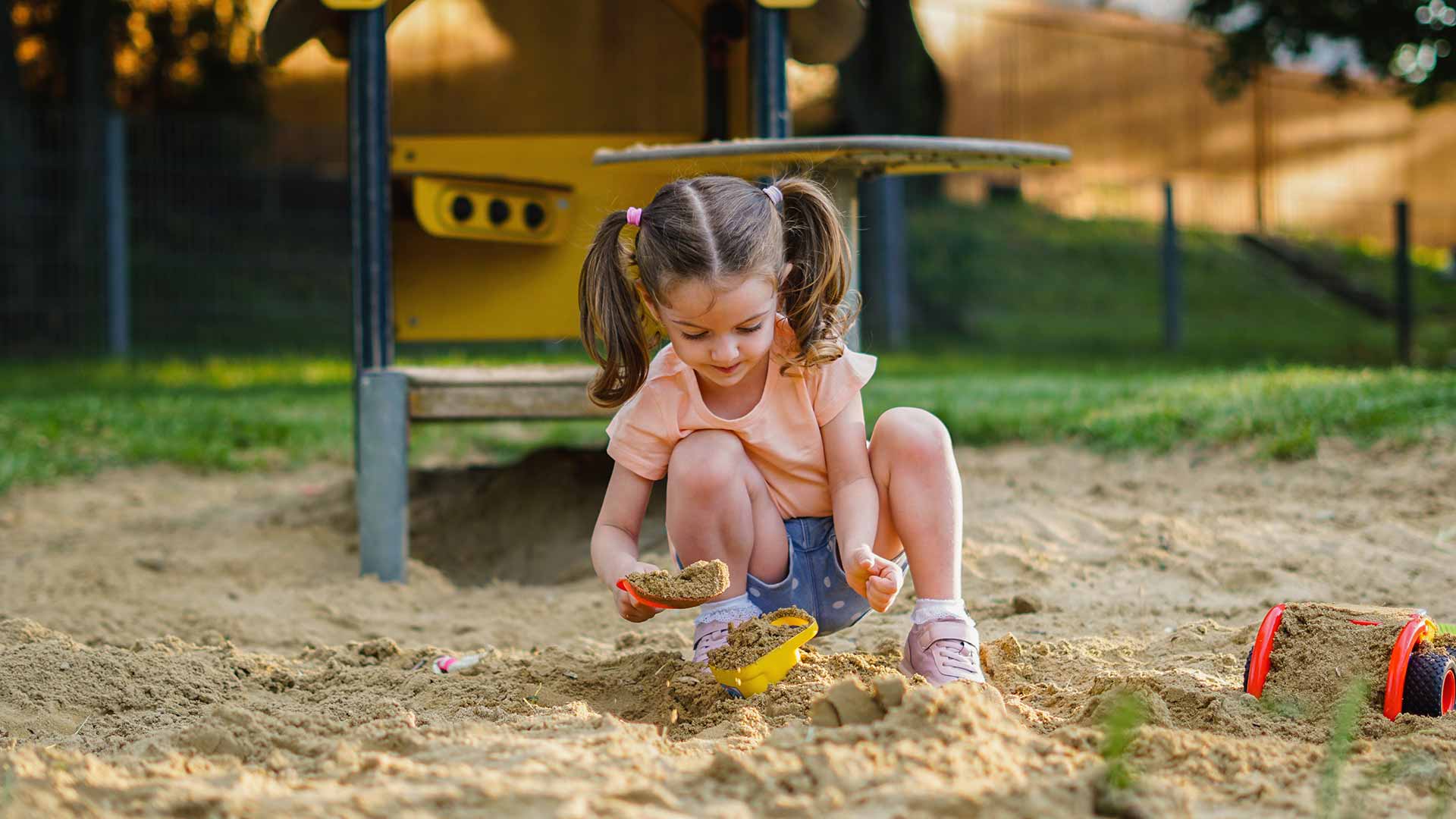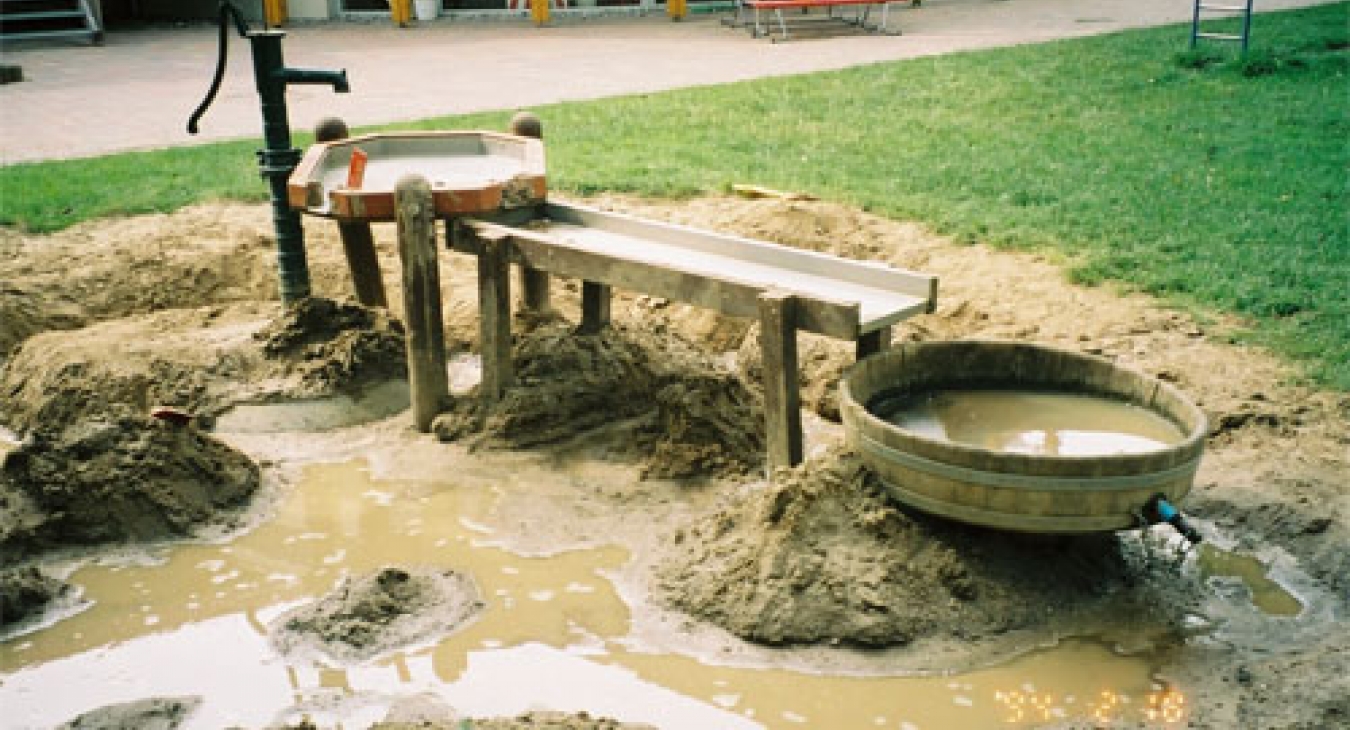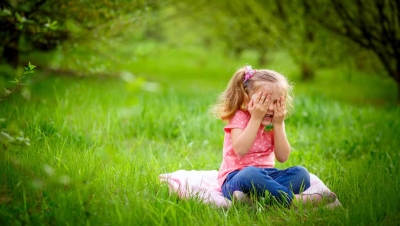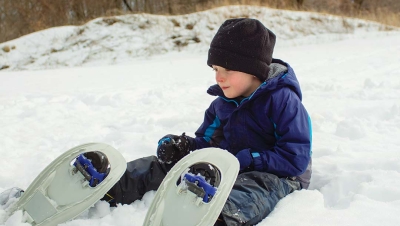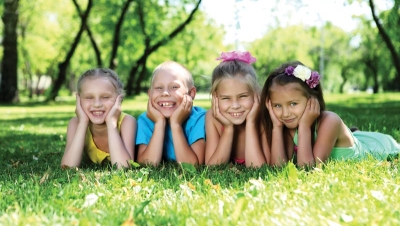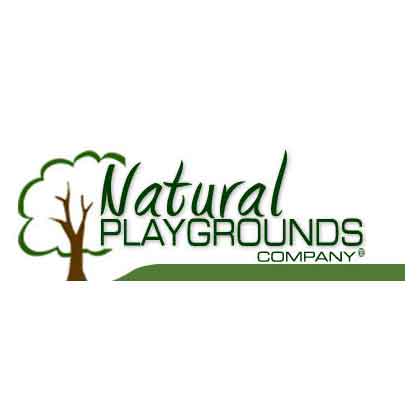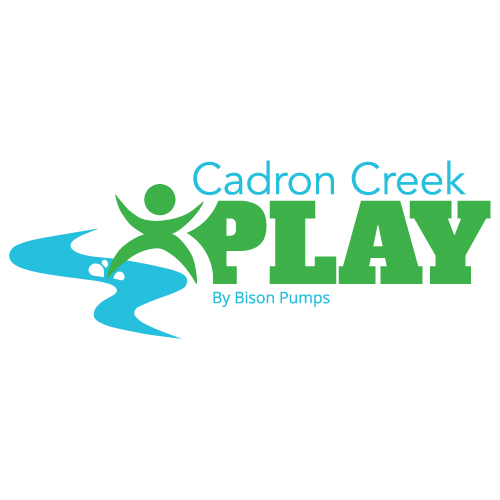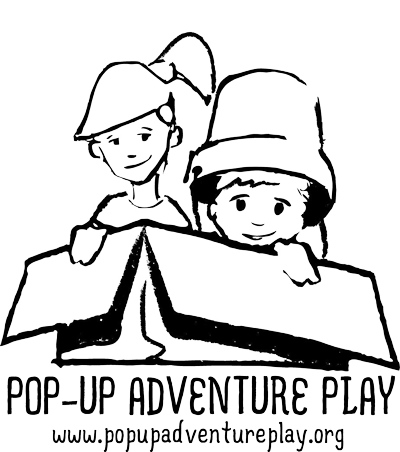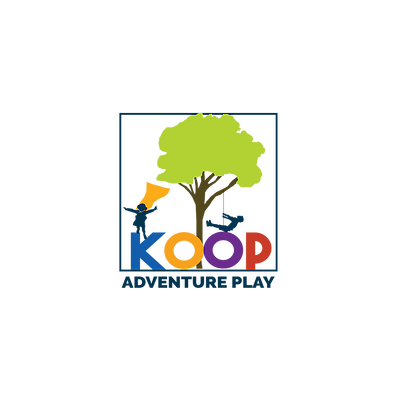Sand and Water at School
I took this picture a few years ago. I was touring my nephew’s kindergarten in eastern Germany. To me this looks like fun. Just like at the beach, the perfect combination of water and sand. My nephew evidently was the one who liked to pump the water. I’ve never seen something like this on a playground in the United States.
I like to show this picture to teachers and child care workers when I do presentations on outdoor play. I ask them, if you were a child would you have liked to have one of these on your playground. Nearly unanimously every one raises their hand, yes, as a child they would have liked to have something like this at school. The follow up question is, as a teacher would you like to have one of these at your school and nearly all the hands go down. When a child see this she thinks, fun! When an adult teacher sees this he thinks, mess.
The teachers at the school think this sort of messy play is important so they take the time and effort to make it happen. The secret to this playground item is that the children at this school have basically three sets of shoes. They have the shoes they walk to school in, they have a pair to wear inside, which are never worn outside, and a third pair of shoes they wear outside to play (usually rubber boots). The inside of the school is immaculate because the outside shoes never get past the entrance to the school.
Sand play boxes have been around for a long time in schools. Sand play boxes were introduced in Friedrich Froebel’s kindergarten classes around 1850 or so. Froebel felt that sand and water play would even be beneficial for very young children. There was a time not so many years ago when all the kindergarten classrooms in the United States had a sand and water table. I had one in my first classroom. I used it a great deal for all sorts of formless materials.
One week we were studying seeds and gardens and so I put a bag of planting soil in my sand and water table. When I came back to school on Monday after the weekend I found that one of my intrepid four year olds had planted the pinto beans in the soil and they had begun to sprout. It was a great lesson for my students to learn, and me.
Sand and water tables are harder to find now in today’s classroom. Academics and all that goes with it are pushing out many of the activities like sand and water tables from the kindergarten classroom. We seem to be too busy now to allow children the time to run their fingers through the sand and water (and soil). I could go pages on the benefits of sand and water play, everything from mathematics to science knowledge down to the therapeutic benefits that come from interacting with sand and water. The best way to calm a toddler after a long and stressful day is to put them in the bath.
Water and sand may be messy, but the opportunity to be messy is what every child should experience.
Here are a couple of links that you might find interesting if you liked this post.
http://www.play-scapes.com/play-history/pre-1900/a-brief-history-of-the-sandbox/

